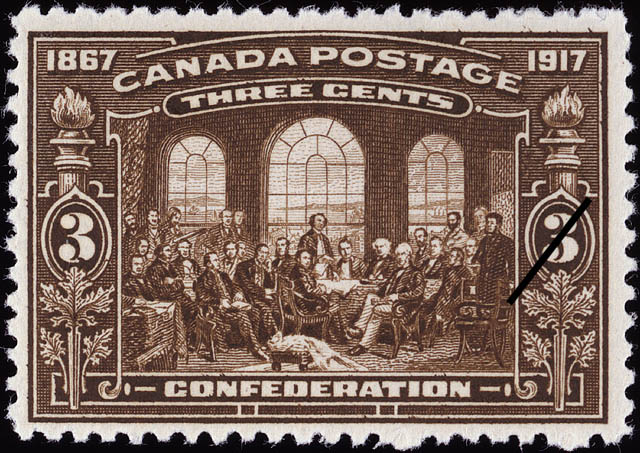It was brought to our attention that the Canadian painter Robert Harris (1849-1919) had a few of his works of art made into stamps.
 |
| Harris' "The Fathers of Confederation" made into an engraving on a stamp. The original painting was later lost in a fire. |
Following this, we were told to think of what images made it unto stamps, coins and bills, and to think of what that symbolized. What did it take for an image to "make it" onto one of these? And how funny it was, really, to have these objects represent value, the state, our economy.
This reminded me of my visit last year to the British Museum in London, England. While there, I saw an exhibition on money throughout the ages. Like this video explains, it only takes for something to be considered of value and for someone to trust this value in order for that specific something to become money.






Aucun commentaire:
Enregistrer un commentaire